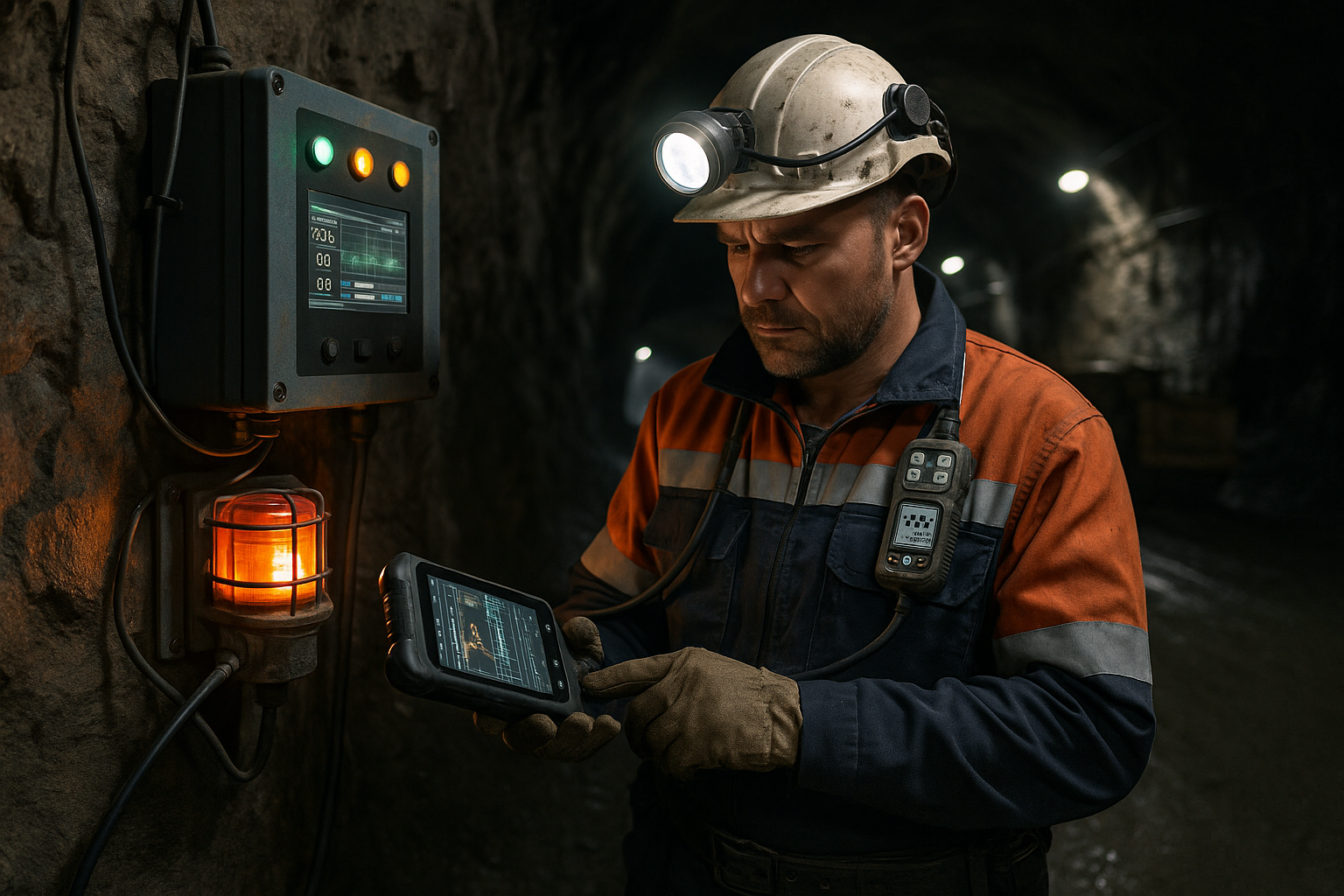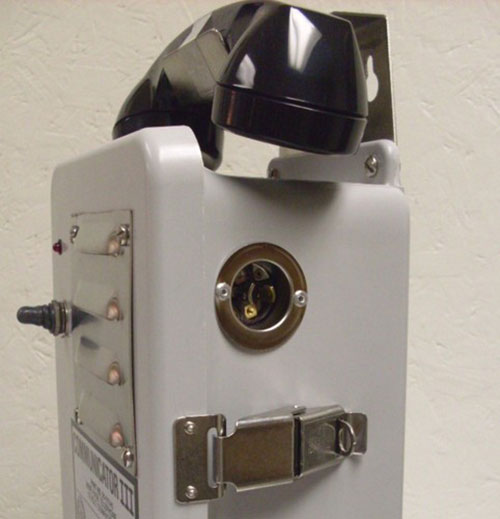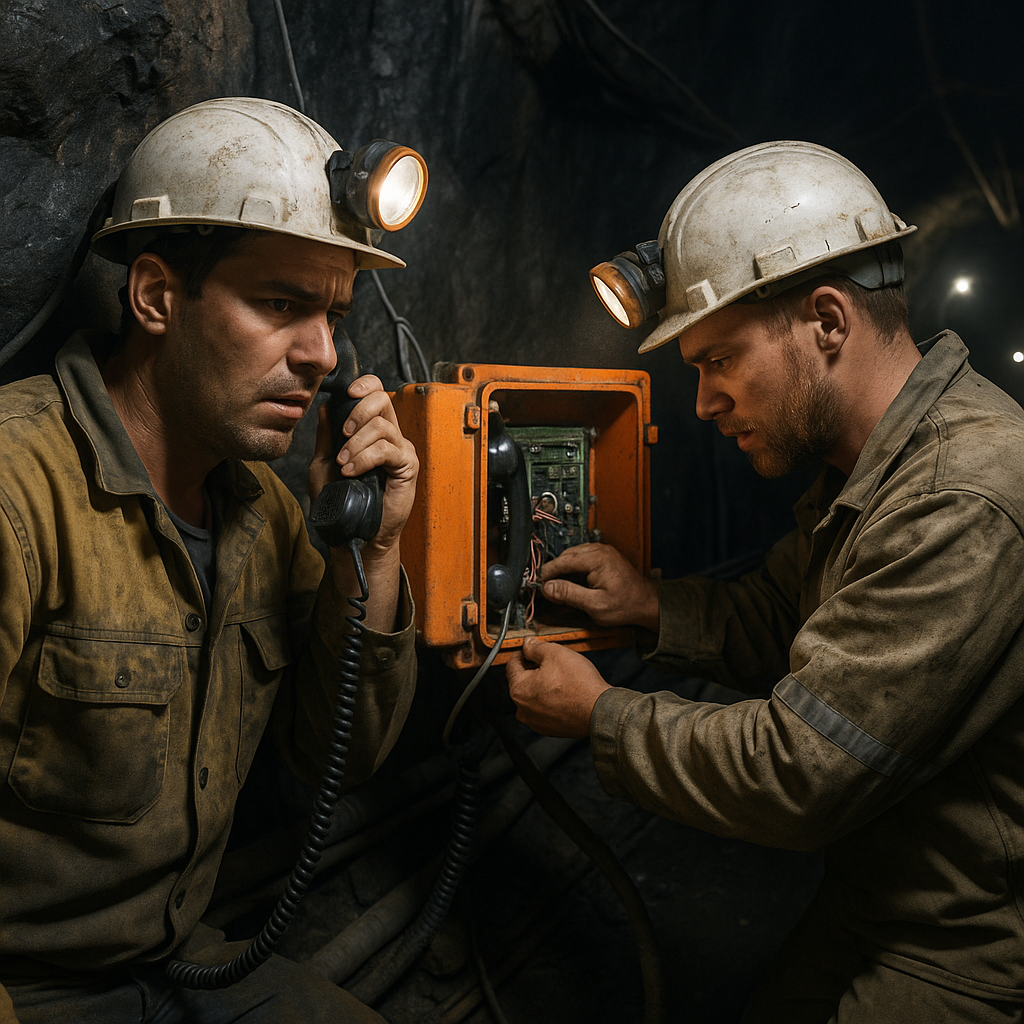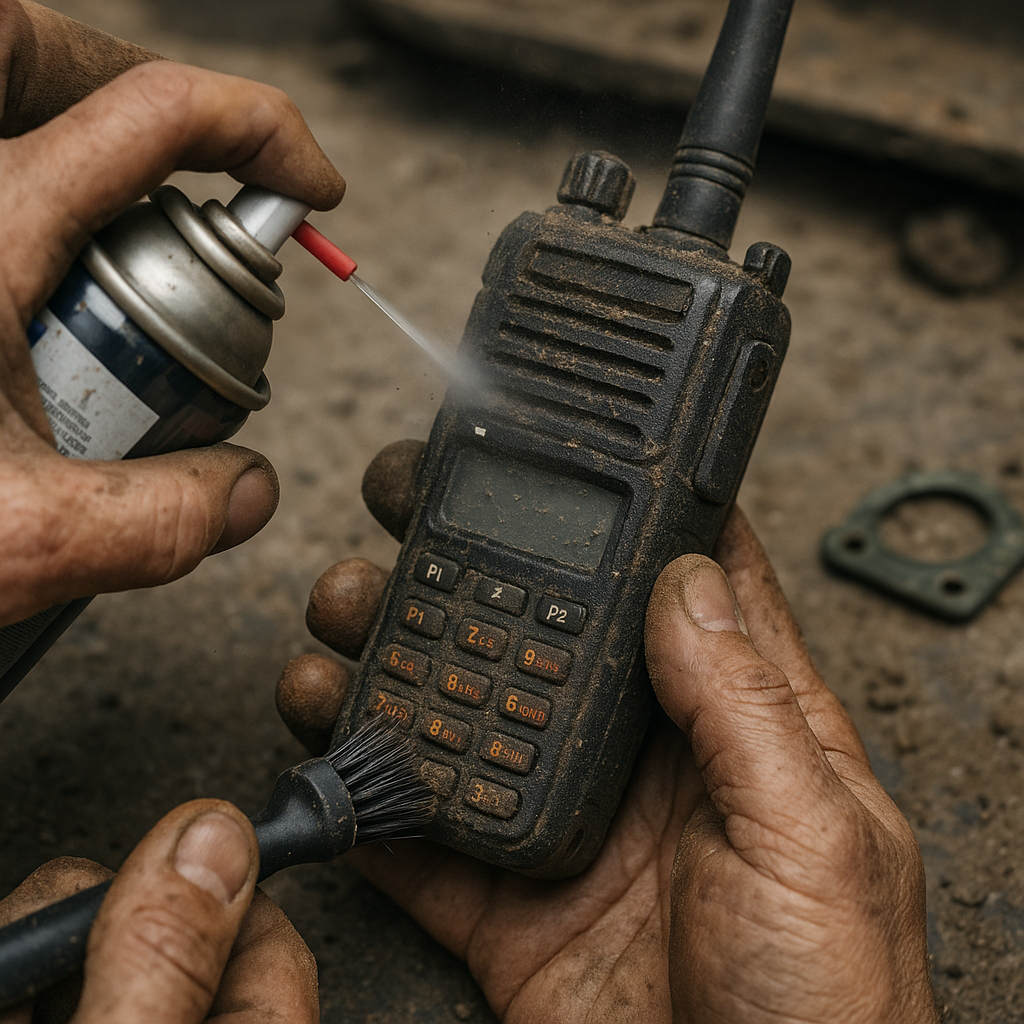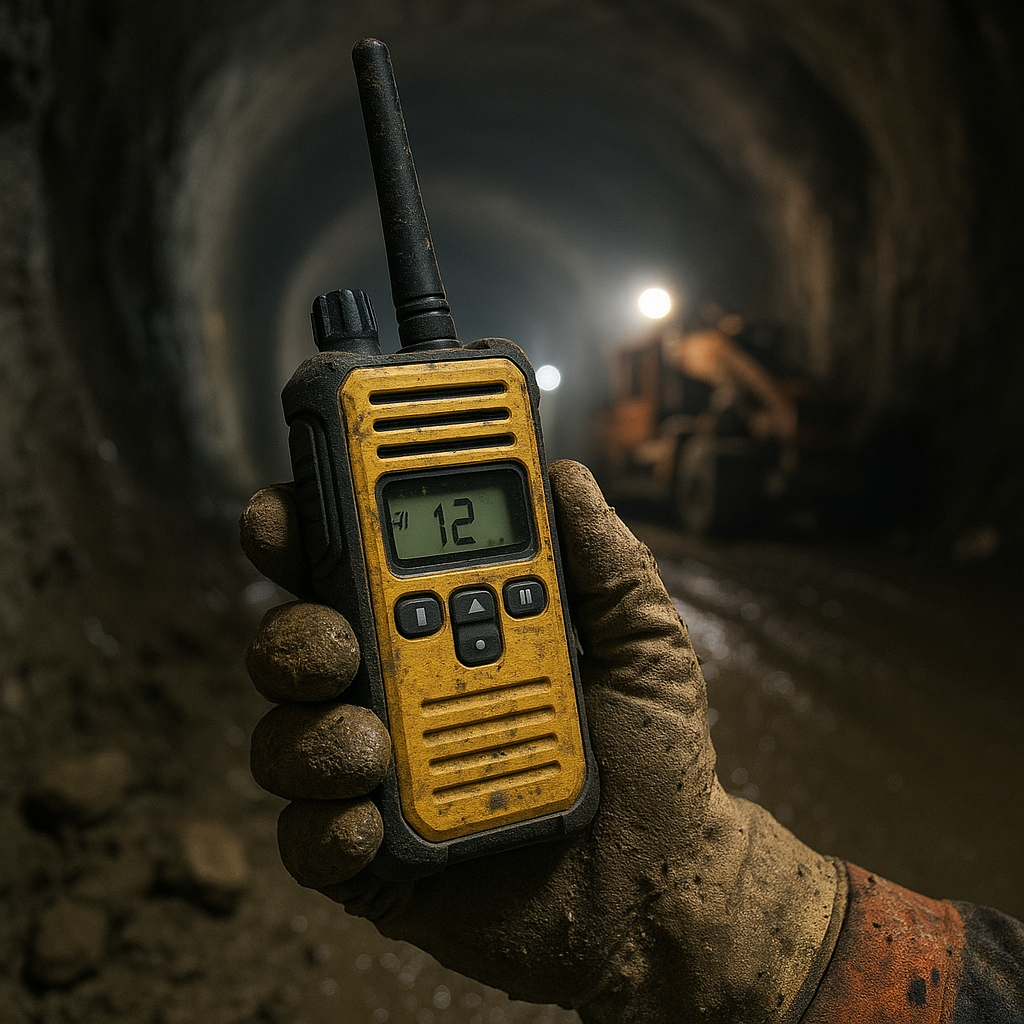Picking Communication Tools for Tunneling Jobs
Signals vanish underground. Crews can’t rely on shouting or cell phones. Radios drop out. When teams lose contact, mistakes and delays follow. Reliable communication gear is the only way to keep everyone connected, no matter how tough the tunnel gets.
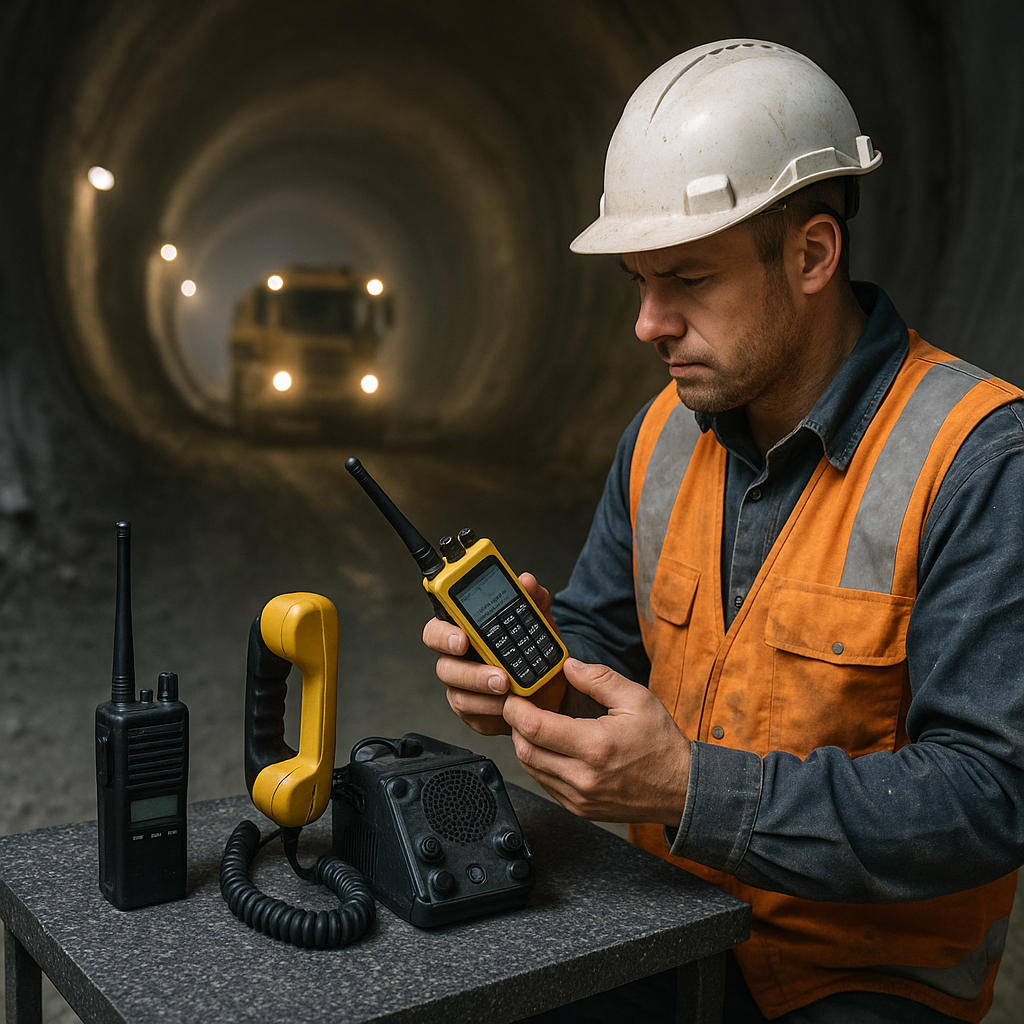
Every tunnel throws up its own set of problems. Some are tight and winding, others stretch for miles. Water drips from the ceiling. Dust coats every surface. Heavy machinery drowns out voices. Standard equipment doesn’t last long in these conditions. Picking the right tools isn’t about chasing the latest tech. It’s about knowing what works when the pressure is on. That’s where our experience comes in, helping crews choose solutions that stand up to the realities of tunneling work.
Communication Gear That Gets the Job Done
Not all equipment is built for tunnels. Some tools keep teams talking, others step in when the main system goes down. Here’s what works underground:
- Two-way radios built for long range and tough use
- Hardwired page phones for direct, clear conversations
- Portable repeaters that push signals around bends and through thick walls
- Backup units with their own power, ready when the main line fails
- Digital dispatch systems that keep multiple crews organized
Two-way radios let teams check in fast. Page phones cut through noise with sharp, clear sound. Repeaters fill in dead zones. Backup units don’t care if the main power goes out. They keep working. Digital dispatch keeps everyone on the same page, even when jobs overlap or emergencies hit. At MineSafe Electronics, we’ve seen how the right mix of these tools can make or break a project’s safety and efficiency.
What Equipment Must Survive
Underground gear takes a beating. Water drips. Dust grinds into every crack. Drops and bumps happen all shift long. Only equipment that shrugs off abuse keeps working. Here’s what to look for:
- Water and dust protection: IP67 or better
- Cases that don’t crack when dropped
- Batteries that last through double shifts
- Audio that cuts through engine noise and echoes
- Controls that work with gloves, not just bare hands
Moisture seeps in. Dust clogs vents. Cheap gear dies fast. Rugged radios and phones keep going. Batteries that fade before the shift ends leave crews stranded. Controls need to work for hands in thick gloves, not just bare fingers. Audio must be sharp, not muffled or lost in the roar of machines. Our equipment recommendations always focus on durability and real-world performance, not just specs on paper.
Placing Equipment Where Crews Need It
Gear that’s hard to reach doesn’t help anyone. Wall units need solid anchors. Vibration shakes loose anything less. Portable radios need a home, not a random shelf. When alarms sound, crews grab what’s close. No one hunts for a lost handset in a panic.
Think about where people gather. Break areas, tunnel entrances, and main work zones make natural spots for communication points. Avoid dead ends and noisy corners. Place units where teams pass by often. This keeps communication smooth and natural, not forced or awkward.
- Mount wall units at eye level, away from moving equipment
- Store portable gear in marked, easy-to-reach bins
- Keep backup units near exits and main work areas
- Check sight lines. No one should have to dodge machinery to reach a phone
Good placement saves time. In an emergency, every second counts. Crews grab what they need and get moving.
Keeping Systems Reliable
Equipment that isn’t checked fails when it matters most. Monthly tests for fixed gear catch problems before they grow. Portable radios need daily checks: batteries, signal, and sound. Every issue gets logged. No one ignores a weak signal or a cracked case.
Quick fixes keep downtime short. Spare parts stay on hand. When a unit fails, swap it out. Don’t wait for a full breakdown. Reliable records show patterns. If one spot keeps failing, it’s time to rethink placement or upgrade the gear. At MineSafe Electronics, we help clients set up maintenance routines that keep their systems running shift after shift.
- Test all fixed units every month
- Check portable radios at the start of every shift
- Log every issue, no matter how small
- Keep spare batteries and handsets ready
- Replace damaged gear before it fails completely
Crews trust the system when it works every time. That trust keeps teams focused on the job, not on whether they can reach help.
Why Site Conditions Change Everything
No two tunnels are the same. Some run under rivers, others cut through solid rock. Water, heat, and vibration change how signals travel. What works in one tunnel might fail in another. Before picking gear, walk the site. Listen to the noise. Check for blind spots. Test signals at every turn.
Some tunnels need more repeaters. Others need extra backup units. In long runs, battery life matters more than anything. In wet tunnels, sealing and corrosion resistance come first. The best system matches the tunnel, not the other way around.
When to Bring in the Pros
Designing a system that works in every condition takes experience. Off-the-shelf kits miss the details. Custom setups handle the quirks: odd shapes, deep drops, and shifting crews. Pros know where signals die and how to bring them back. They spot weak points before they become failures.
Teams that invest in the right design see fewer breakdowns, faster response times, and safer shifts. The right partner brings real-world knowledge, not just specs on a page.
Get Expert Communication System Design
Contact MineSafe Electronics at 800-523-1579 or request a quote to discuss your tunnel communication needs. Our team will help design a reliable system matched to your specific site conditions.
‹ Back



